15% off with DESIGN15
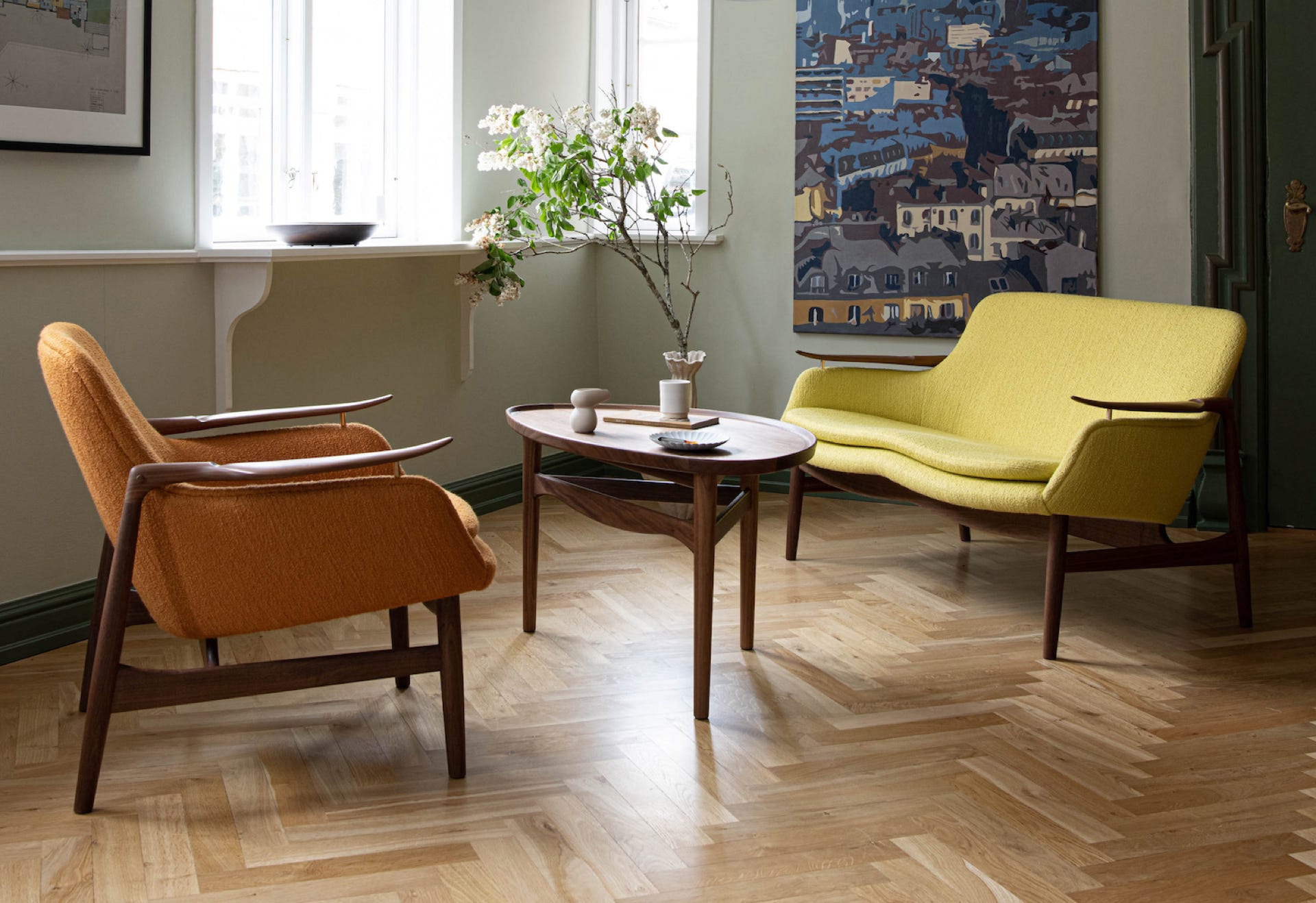
When Finn Juhl's widow, Hanne Wilhem Hansen, granted the exclusive rights to hir designs to House of Finn Juhl, only one exception was made - the FJ 53 series, then produced by a Japanese manufacturer. This partnership having ended, House of Finn Juhl can relaunch it in a more exclusive finish than ever.
The FJ 53 is an extravagant piece of furniture, which combines the lightness of a wooden chair with a upholstered corpus. Finn Juhl's characteristic design feature of separating the carrying elements from the carried is also at play in the FJ 53. However, this time the separation is achieved via more sophisticated means to add-in the aforementioned lightness and elegance. The rear legs protrude from the floor. In a single, unbroken motion they change direction and expand into an organically shaped armrest, almost animalistic in nature. The armrest wraps around the upholstery as if it is levitating, to arrive in a smooth and upwards point, begging to be touched. The delicate transitions from rounded to sharp elements stimulate the senses by magnifying the grain of the wood.
The 53 series, designed for master carpenter Niels Vodder, has always been one of Finn Juhl's most popular and sought-after pieces. It was originally produced in teak and rosewood, which are no longer available. Today, the vintage versions command exceptionally high prices at auctions all over the world.
House of Finn Juhl offers the armchair and the 2-seater sofa in American walnut and European oak. The wooden frame is made in Japan. The fabric or leather upholstery is handcrafted in Ringkøbing, Denmark. The armchair comes with an optional cushion, which has so far only been seen in Finn Juhl's beautiful 1953 watercolor. It remains unclear why the cushion had yet to see the light of day, but Finn Juhl's original idea complements the chair very well. Additionally, you will be able to choose the upholstery for the cushion in a different color than the rest of the chair.
The armchair and the sofa are both spacious and naturally extend invitations to be seated. At the same time, they keep their expressions light and appear beautiful from all angles. As such, they are extremely well-suited as free-standing pieces for the living room of private residences or lounge areas in hotels and corporate settings.
Armchair W71 x D77.5 x H73 cm Sofa W124 x D77.5 x H73 cm
Materials oak or walnut
Seat cushion optional
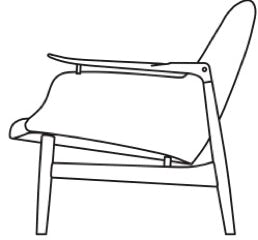
Chair 53
from
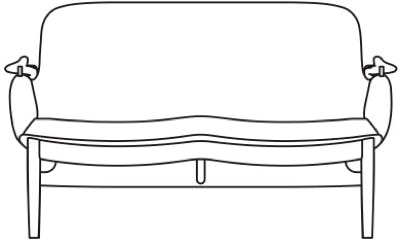
Sofa 53
from
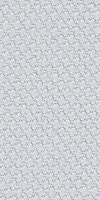
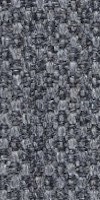
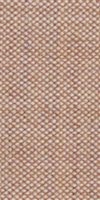


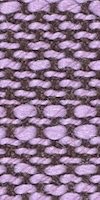
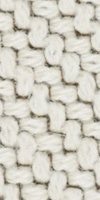
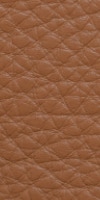

soaped oak
white oiled oak
oiled oak
clear lacquered oak
black painted
clear lacquered walnut
oiled walnut
Finn Juhl
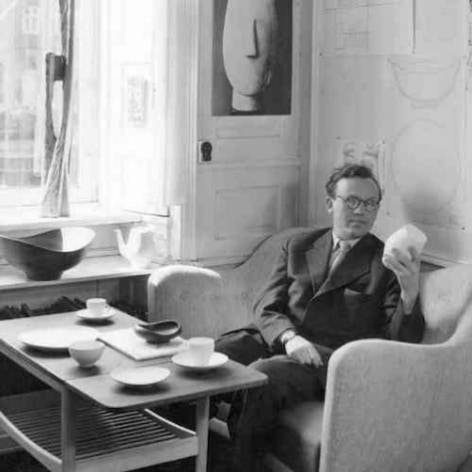
As a teenager, Finn Juhl (1912-1989) wanted to become an art historian, having a passion for the fine arts since childhood. His father stopped him and Finn Juhl started architectural studies. Later, when his fame as a designer of furniture acquired, he speaks of himself as an autodidact, in reference to this upset vocation that forced him to walk intellectually on a lonely way. His style owes much to this singular trajectory, with its non academic interpretation of art visible in his work. Finn Juhl started his studies in 1930, a key period which saw the birth of modern design and furniture.
His modern offices in central Copenhagen was greeting his visitors with a huge Japanese fish in paper, symbol of imagination. Rather than thinking in terms of practical construction, Finn Juhl had the mind-set of a sculptor, when he shaped a piece of furniture. In the 1940s and 1950s, this way of working had never been seen before. His ambition was to design furniture with movement and life.
Juhl took pride in making both the structurally supportive elements of the furniture and the seated person look as though they are floating. In some of his chairs, the backrest and the seat are almost invisibly joined, as if they were clouds floating through the room.
In creating his furniture, Finn Juhl worked with two elements: The carrying element, and the carried. He eventually became known for his special ability to separate the bearing parts from the borne. This is one of many examples of how he broke free from conventional working methods and found his inspiration in art.
Ce site web utilise les cookies techniques pour fonctionner.
Vous pouvez les refuser, mais perdrez alors la possibilité d'acheter.
OK
Refuser